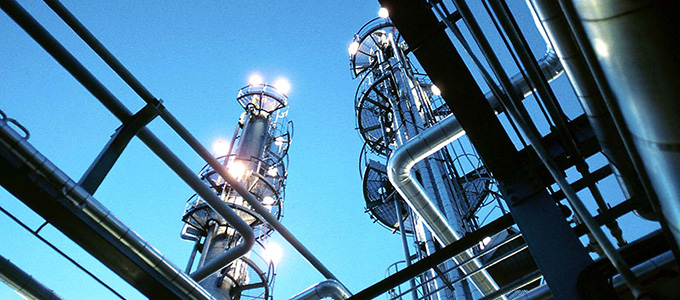

The course covers three related main themes - building a static reservoir model; developing a dynamic reservoir numerical simulation model; reservoir management during the producing life of a field. The material covered in this course is built around the process of the construction of a reservoir model. The process is in three parts; building a static reservoir model, developing a dynamic model and reservoir management during the producing life of a field.
By the end of this course, delegates will be able to:
Geologists, Geophysicists, Reservoir Engineers, Production Engineers, Petrophysicists, Petroleum Engineers, Drilling Engineers, Field Development Engineers, Managers, Asset Managers, Oil & Gas Engineers, Reservoir Operators, Surveillance Engineers, Technicians, Engineering Trainees, Technical Managers, Technical Assistants, Technicians, Chemists, Physicists, Technical Supervisors, Service Company Personnel responsible for improving the performance of petroleum reservoirs, geoscientists and professionals from other disciplines who interface with reservoir engineers in their regular work, or who wish to obtain a broad grounding in reservoir engineering techniques. It is appropriate for reservoir or production geoscientists at an introductory level and for exploration geoscientists at an intermediate or advanced level
This interactive Training will be highly interactive, with opportunities to advance your opinions and ideas and will include;
Controls on Fluid Flow in the Reservoir
Defining Fluid Contacts and Estimating Volumetrics
Reservoir Fluid Properties
Well Test Analysis
Material Balance and Fluid Displacement
Dynamic Well Performance
Reservoir Simulation
Reservoir Monitoring
Production Forecasting
Enhanced Oil Recovery Techniques
BTS attendance certificate will be issued to all attendees completing minimum of 80% of the total course duration.
| Code | Date | Venue | Fees | Register |
|---|---|---|---|---|
| GE129-01 | 29-03-2026 | Dubai | USD 5450 | |
| GE129-02 | 07-06-2026 | Manama | USD 5450 | |
| GE129-03 | 31-08-2026 | Kuala-Lumpur | USD 5950 | |
| GE129-04 | 01-11-2026 | Dubai | USD 5450 |
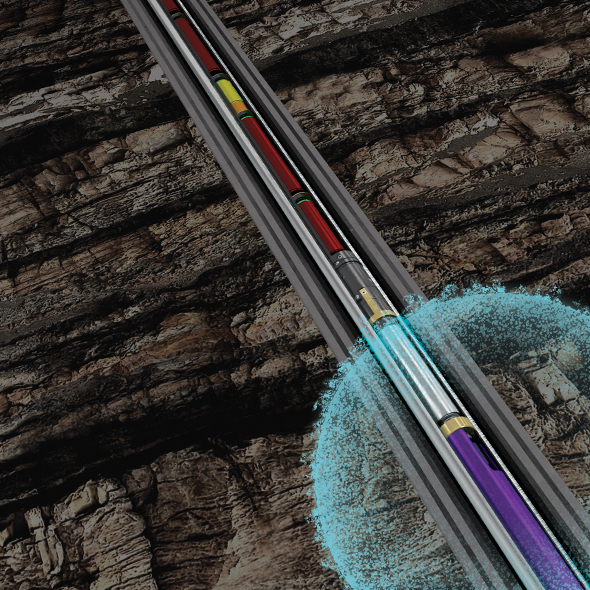
This course will cover the new and traditional wireline diagnostic techniques for the surveillance of cased wells. Cased hole and production log evaluation, plus a loose-leaf workbook, are provided to ...
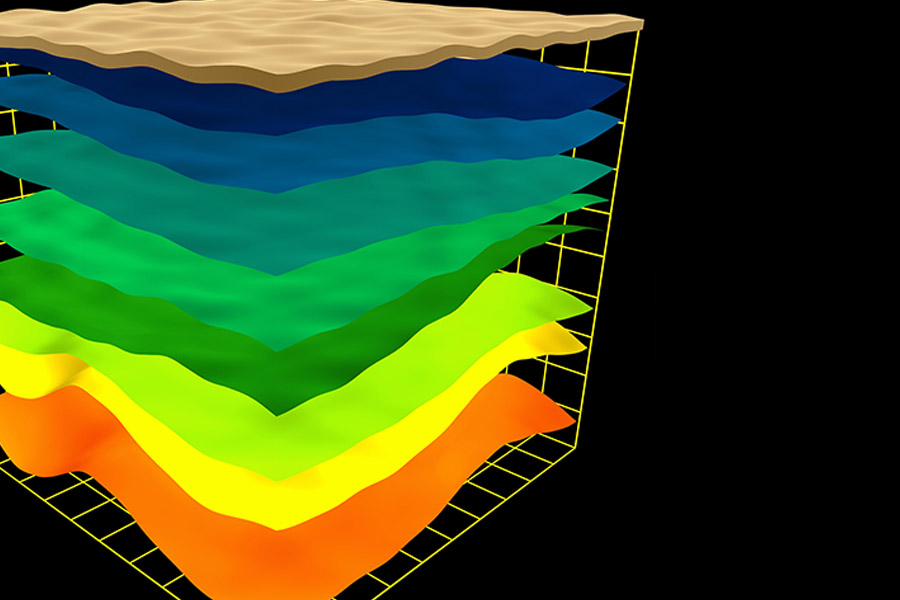
This course will introduce participants to the basics of reservoir engineering. Participants will also learn about fluid and rock properties used in reservoir engineering applications and the fundamen ...
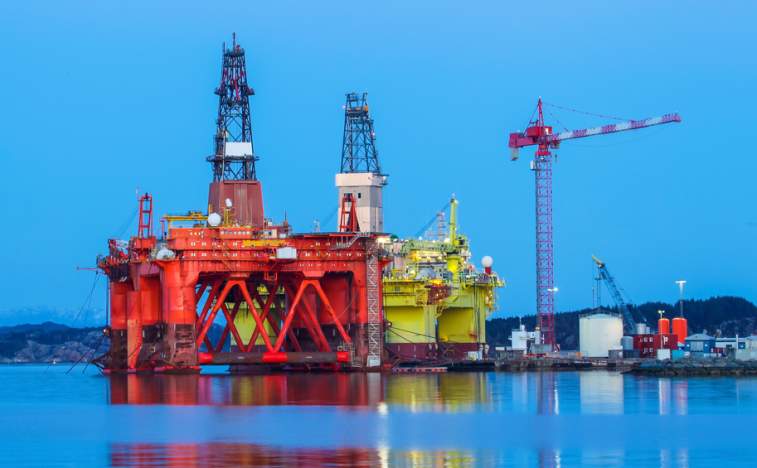
It is a document which is an output of a sequence of decision and discipline based tasks designed to come up with a Development Plan. It is a basis for coming up with a robust way of developing, produ ...
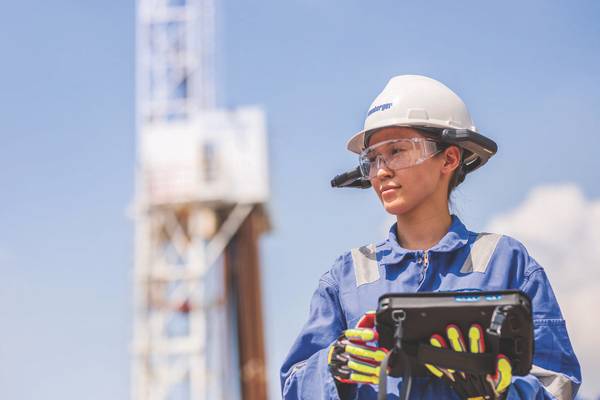
The course emphasizes the practical application of well test theory to the solution of real well testing problems from design through interpretation for oil, gas and water injection wells. Participant ...
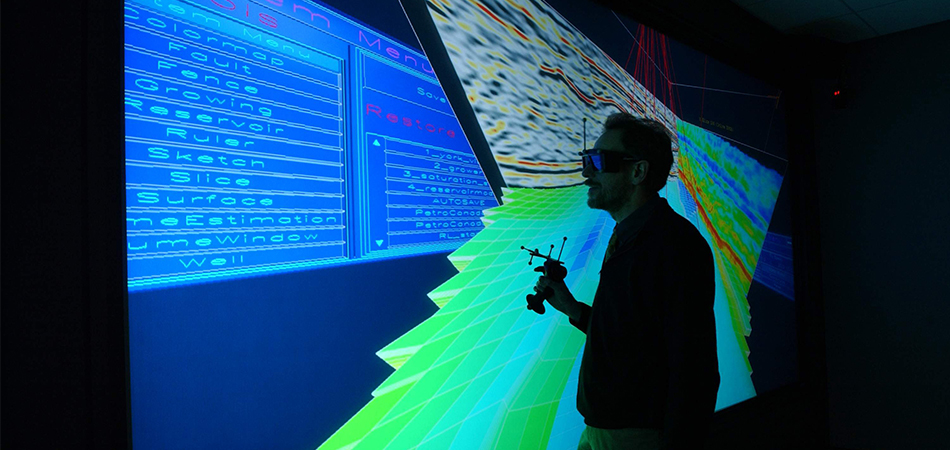
This course will address all the principles of reservoir management. The reservoir management process with integrated concept, role of reservoir simulation in reservoir management and importance of re ...

This course is designed for professionals who work with, or rely on, analyses provided by reservoir engineers, or who otherwise need to understand and communicate with them on a technical or commercia ...
Providing services with a high quality that are satisfying the requirements
Appling the specifications and legalizations to ensure the quality of service.
Best utilization of resources for continually improving the business activities.
BTS keen to selects highly technical instructors based on professional field experience
Since BTS was established, it considered a training partner for world class oil & gas institution
1st floor, Incubator Buildingو Masdar City, Abu Dhabi, UAE
Sun to Fri 09:00 AM to 06:00 PM
Contact Us anytime!
Request Info